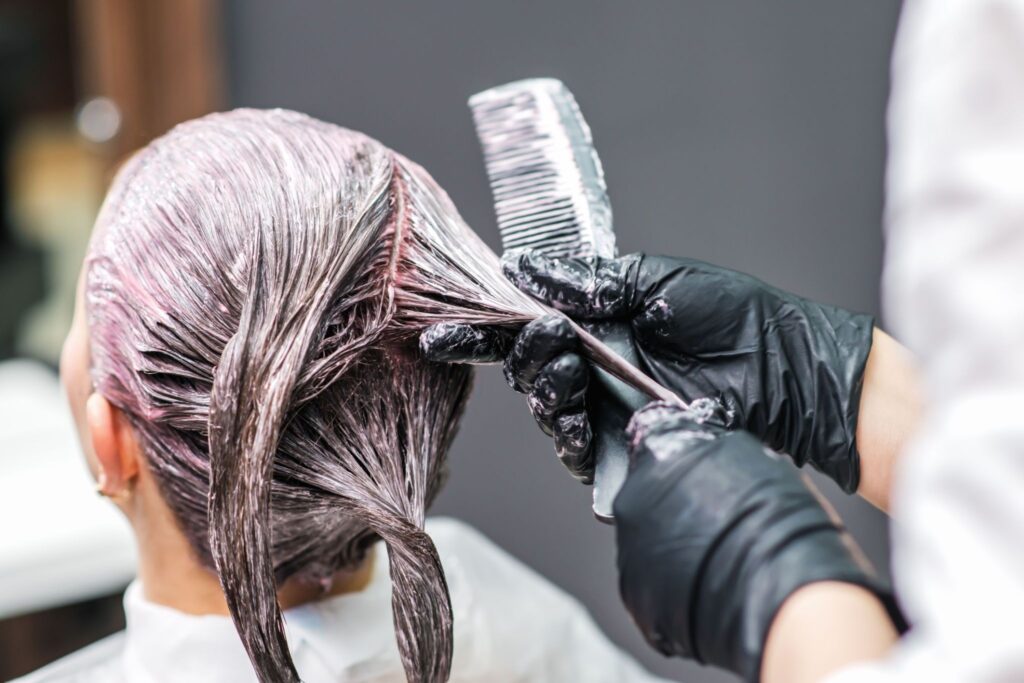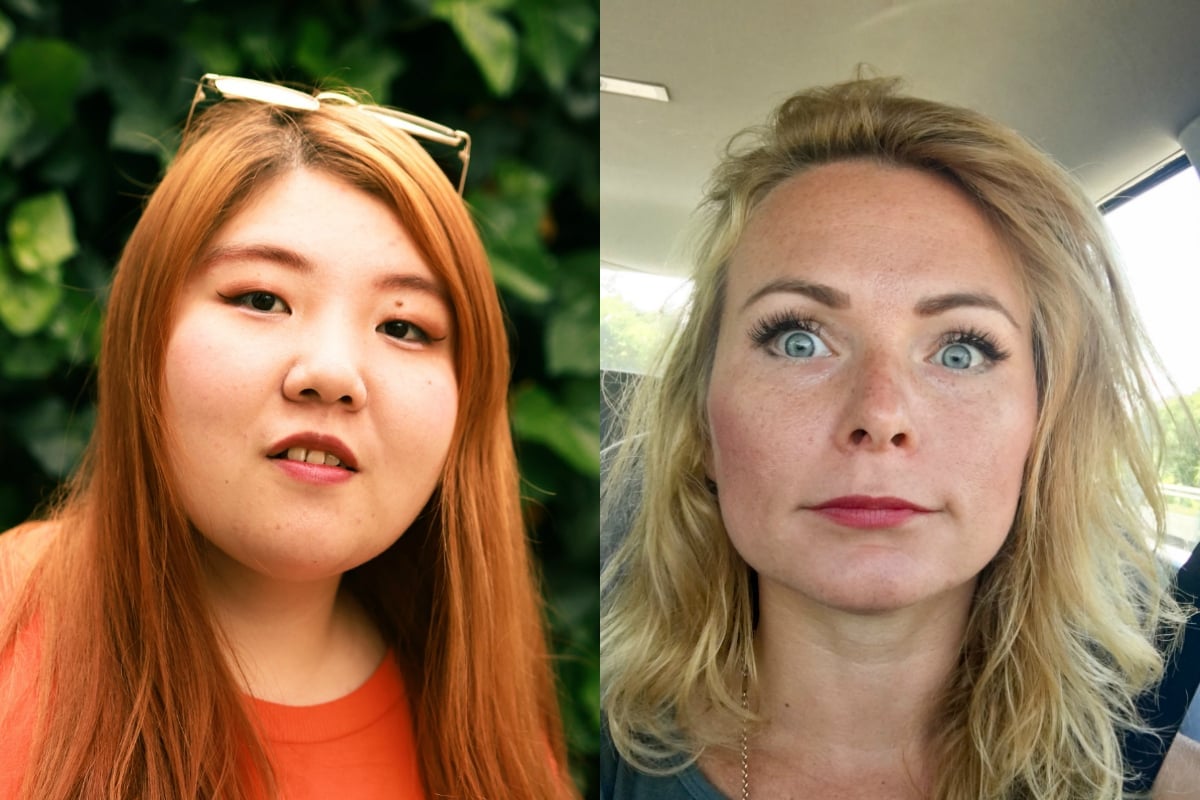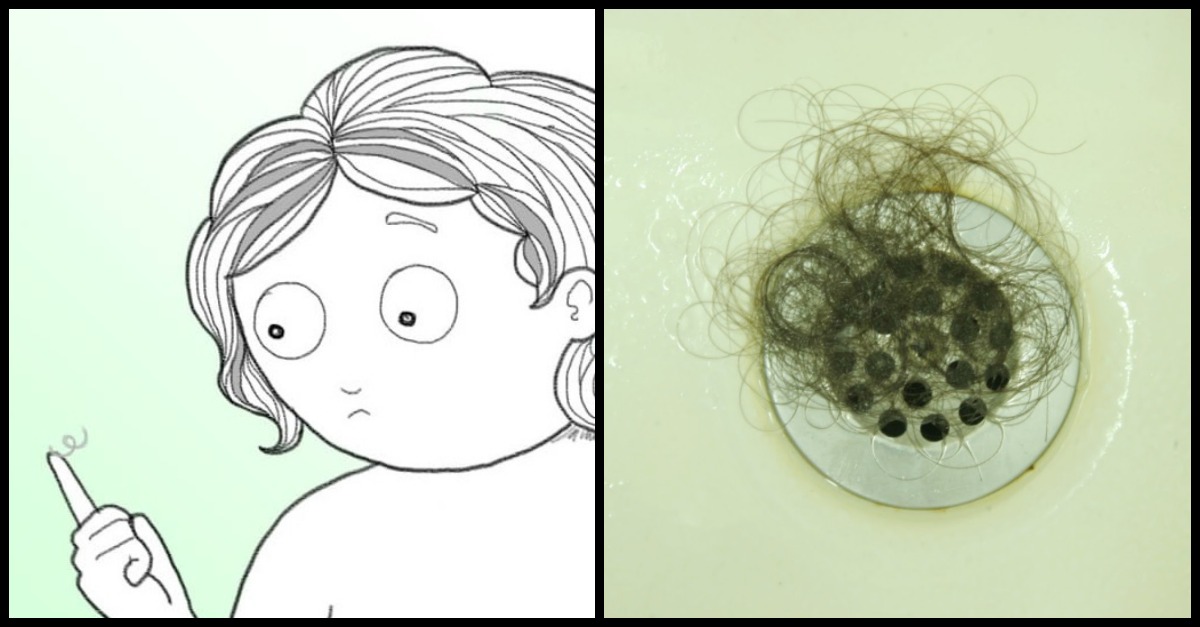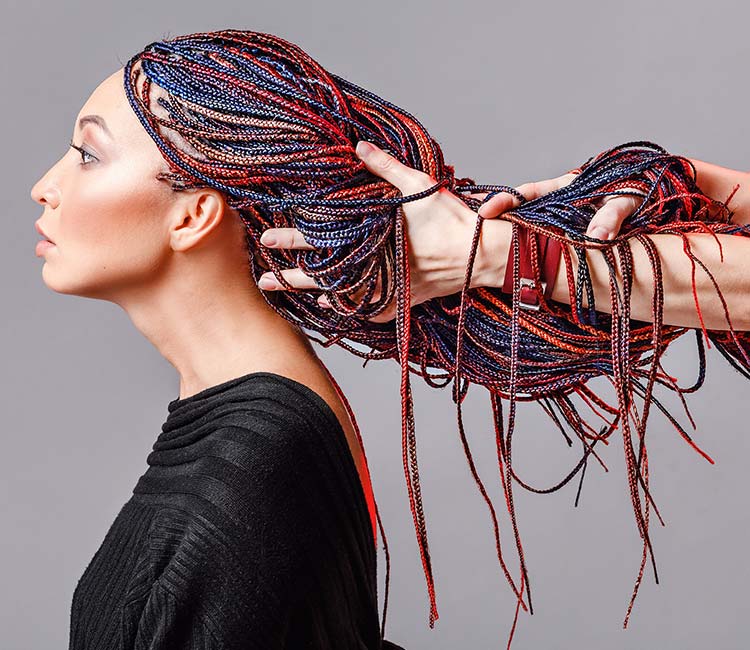Table Of Content

Whether it’s going from blonde to brunette or trying out a crazy new color, dyeing your hair can be a lot of fun. It’s also essential to consider your hair porosity when choosing dye upkeep frequency. Demi-permanent dyes may be suitable for those with high-porosity hair, whereas low-porosity requires more extended dye time or higher developer concentration. Using color-safe products is essential for protecting hair and achieving lasting dye results. The porosity of hair determines the time needed to apply dyes, while the frequency of bleaching should be monitored.
Winter Haircare Tips: Keep Jack Frost from Nipping at Your Hair
When it comes to how often you should dye your hair to cover grays, it will depend on your hair and your preference. "Most people's hair grows about a half inch per month—some may be more, and some may be less," says Bode. "So depending on how quickly your hair grows will determine how soon you want to color it." The other option? "In the last few years, I've seen a trend of women prioritizing low-maintenance color and embracing their grays," Luza says. If you're hitting rinse and repeat on your go-to at-home dye formula, could you be doing more harm than good?

At-home permanent hair dye
Protect your hair by wearing a swim cap or applying a leave-in conditioner before swimming. Experts recommend approximately eight weeks for simple tonal changes. Prioritizing proper hair care, deep conditioning treatments, and using quality hair products are crucial to maintaining healthy and strong hair when bleaching. Hair type and color can have a significant impact on how you care for your hair. It is important to choose the right shades and products to protect your hair from heat damage.
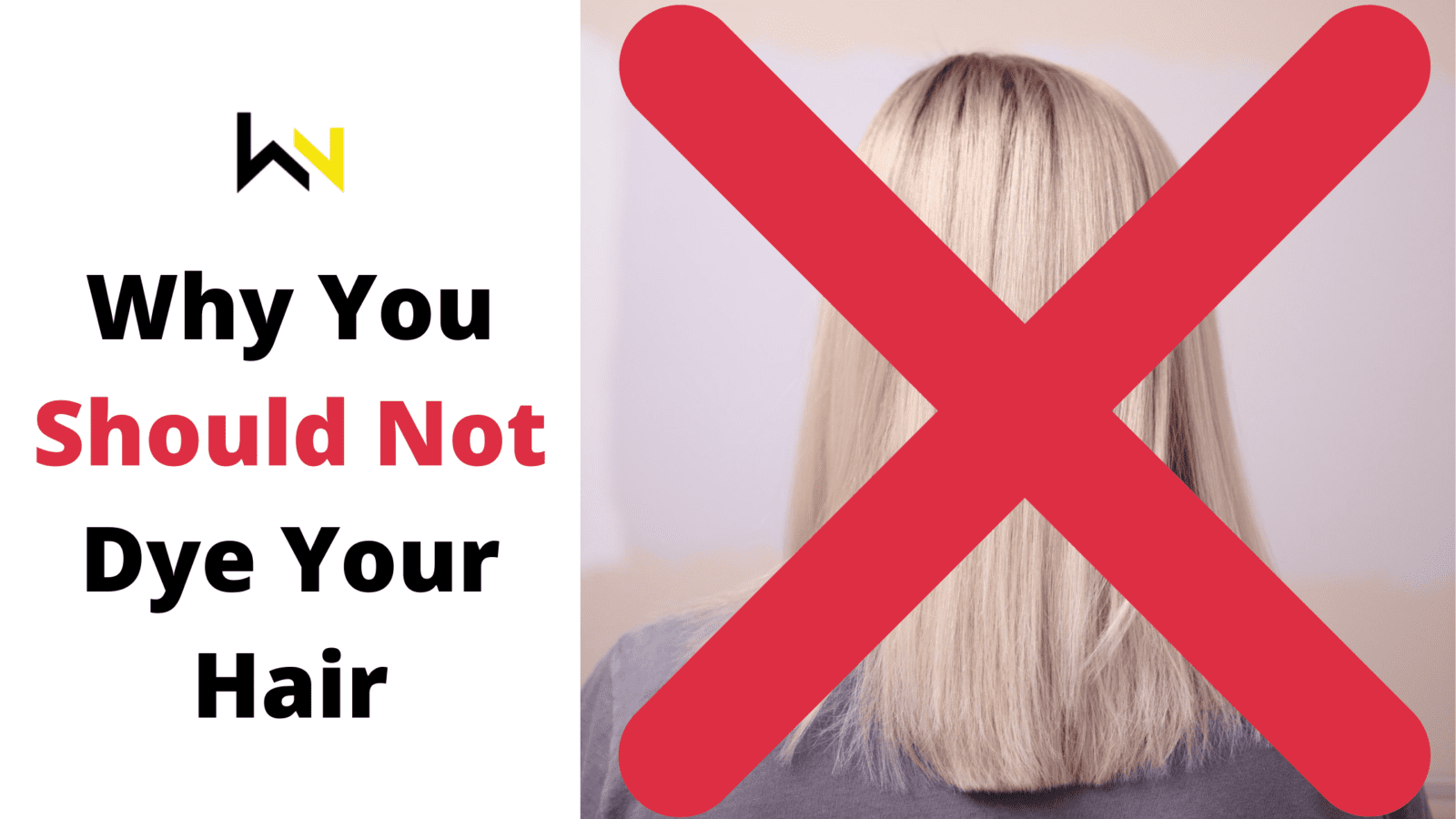
Post-dye hair care
"Clean hair allows for a more consistent, accurate lift when your hair color is being lightened," says Pineda. Changing the color of your brows to match your newly dyed strands is not a must-do when straying from your natural tone. In fact, dying your brows to match can, in many cases, cause your new color job to look more artificial. Leaving the brows in their natural color can help accentuate a client's facial features, Pineda points out. "Personally, I love a bold brow with certain blondes," she says.
16 Best Purple Shampoo Formulas to Preserve Your Hair Color in 2023 - Vogue
16 Best Purple Shampoo Formulas to Preserve Your Hair Color in 2023.
Posted: Tue, 13 Jun 2023 07:00:00 GMT [source]
It’s the perfect choice if you’re not ready to commit to a complete hair makeover. Semi-permanent hair dye is usually ammonia-free and doesn’t require a developer — like peroxide — to activate the color, making it less damaging than other dyes. Semi-permanent dyes coat the surface of the hair shaft but don’t penetrate it. Therefore these dyes fade with each wash and typically last between 4 to 12 washes.
While it can be tempting to swap from one hair color to another on a whim, it’s important to acknowledge that dyeing your hair can have a serious effect on how healthy it looks. Four to six weeks is the general rule between appointments, but again, the less frequent, the better, and this cadence depends on how much care is taken in the interim. Last but not least, take into account the type of hair dye you’re using. If you’re using a hair bleach like the L’Oréal Paris Feria Hyper Platinum Advanced Lightening System Bleach, you’ll want to wait at least 14 days between sessions. That being said, to avoid bleach damaged hair, keep those dye jobs to a minimum for the sake of your hair’s health.
Does hair porosity matter?
For a rainbow shade…try L’Oréal Paris Colorista Semi-Permanent Hair Color or L’Oréal Paris Colorista 1-Day Spray. The former lasts 4-8 shampoos, while the latter lasts one shampoo—both at-home hair color options come in a wide array of rainbow hair colors. Well, you don’t actually have to spend any time outside to get them! Consider babylights, which are super-skinny highlights that are generally one shade lighter than your natural color. Getting rid of your split ends and flyaways not only makes your colored hair look healthier, it prevents against damage to your already frazzled hair shafts. The type of hair dye you use also plays a role in how often you should color your hair.
Tip #1: Choose A Proper Hair Care System
Dark hair dyes will typically last longer than lighter hair dyes because they have more pigments. Of all color methods, temporary hair color lasts the shortest time — it usually washes out after one to two washes. You might wish the color would last a little longer, but it’s probably the safest dye for your hair outside the hair salon. Stick to the recommended timeline of 4-8 weeks between your coloring treatments. Of course, this time range may be shorter or longer, depending on what you want to achieve at the salon. If you aren’t ready to commit to a new color yet, choose temporary and semi-permanent dyes.
Keep your hair protected with styling products that contain UV filters, such as the Kérastase Soleil Huile Sirene Hair Oil Mist. This protective, spray-on oil shields against UV rays and gives your hair a dose of moisture and shine, thanks to ingredients such as coconut water and vitamin E. For a pop of color that will show up on brunette or blonde hair, depending on the shade you choose, we recommend trying the L'Oréal Paris Colorista Semi-Permanent Hair Color. The range of bold fashion colors contain conditioning ingredients and are made without ammonia or peroxide. They wash out gradually with each shampoo, making it easier to switch up your color when the mood strikes.
When choosing a hair dye that is right for you, it is important to take into account your natural hair color and porosity. It is also important to research different brands and types of hair dye to ensure that they meet safety and efficacy standards. A paraben-free shampoo with a rinse-off conditioner should be used to maintain low-level peroxide dyes, while color gloss helps retain color longevity for demi-permanent dyes. You can safely re-dye your hair with temporary hair color every week or so. Using a shampoo for color-treated hair may help the color last longer and reduce the amount you have to re-dye. How often you can color your hair partly depends on your natural hair type, color, and what shade you are changing to.
Apply a deep conditioning treatment[4] a day or two before dyeing to nourish and strengthen your hair. Before dyeing, ensure your hair is clean and free from any product buildup. Use a clarifying shampoo one to two days before dyeing to remove any residue or oils hindering the dye’s penetration. However, washing just before dyeing is generally not recommended as it strips the hair of natural protective oils. Opt for high-quality hair dye brands with the right ingredients[3] that are known for long-lasting effects.
Conditioners are integral to your haircare routine, particularly after a bout of coloring. That’s because they moisturize the cuticle layer and smooth it down to minimize frizz and porosity. A 2018 study even found that conditioning agents, like silicones and hydrolyzed milk proteins, help minimize color-induced hair damage.
